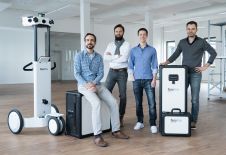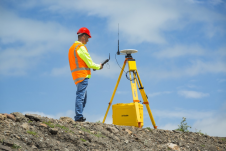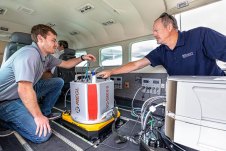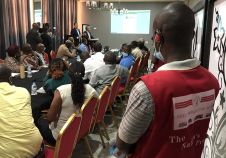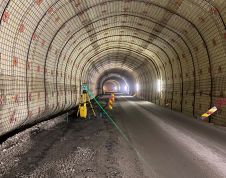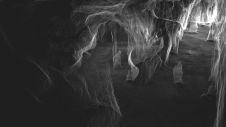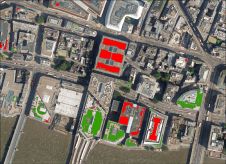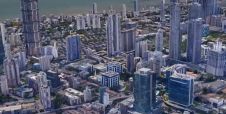UAS在海拔4300m处进行调查
本文最初发表在地理世界。
拥有Suas Stardust II的智利环境咨询公司Edáfica被Collahuasi Mining Company雇用,从事生物物理学和生态型的调查。该调查的目的是解释政府保护下在萨拉尔·科波萨(Salar de Coposa)种植的科威氏菌三角形物种的保护状况。
为了获得该工厂社区的详细信息,在智利高地的盐锅环境中进行了飞行任务。由于工厂的尺寸很小(平均30至50厘米),飞行任务前没有图像,这使得当今市场上商业卫星的植物不可见。此外,该行业是载人行动的冒险领域,因此进行天桥的机会几乎是无效的。
这个物种有一个缓冲增长习惯,each cushion is actually a population (a group of plants of the same species). The images furnished by the flight mission will provide valuable information for conducting detailed and precise soil surveys, and identifying the relationship behind the distribution of the cushions, because there is evidence that plants are affected by wind and water erosion, wildlife and flood areas.
该操作由两次无人机航班组成,总面积为550公顷。从该过程中,获得了两种图像:红外图像以开发植被指数SAVI和RGB图像以获得数字表面模型(DSM)。DSM用于生成径流模型,并将其与通过水文学中水在土壤中流动的表征相关联。该技术的优点在于无人机像素尺寸,这两种图片仅15厘米,比商业标准成本卫星提供的图片要高得多。
All the information generated will be subsequently integrated into a GIS which will help to improve the understanding and conservation of the rare科学怪人Triandra, growing at the Coposa salar.
该系统还在许多3D映射过程中为采矿行业工作。这里的关键因素是能够真正高高飞行并同时获得高质量的结果。




